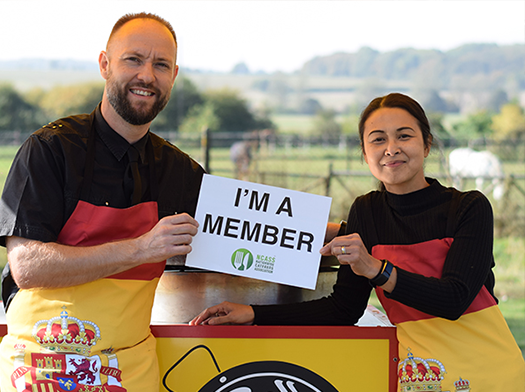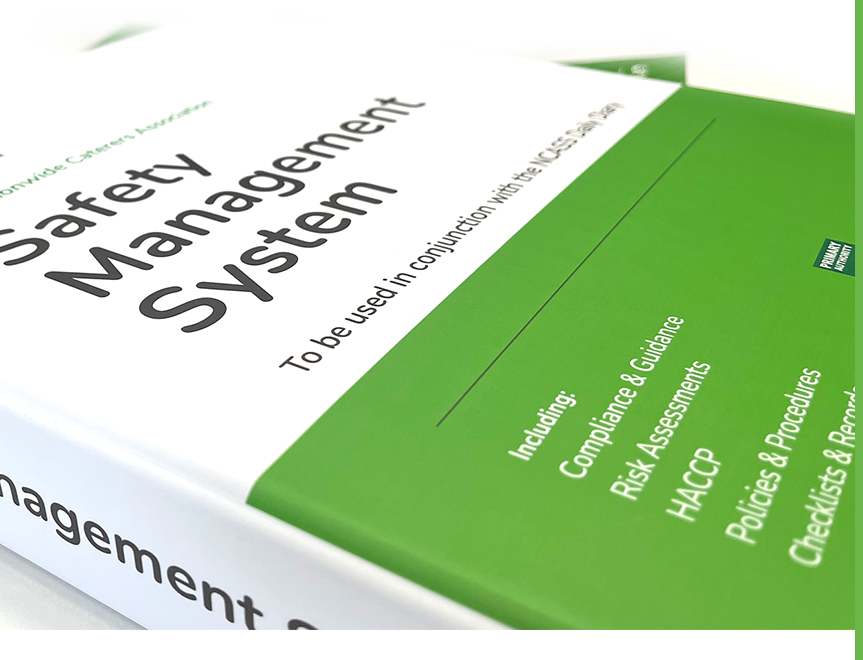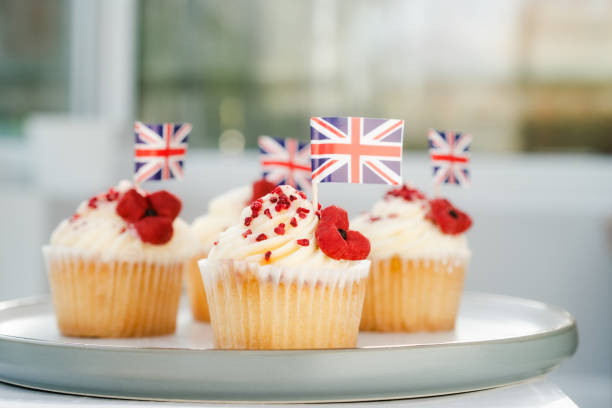A lot has changed over the course of the past 70 years, across all facets of how people live and what our daily lives look like. None more so, than the changes to our eating habits and the very food that we do eat.
1950s
In the 70 years since Queen Elizabeth II took the throne, the way we eat has changed beyond recognition. In the early 1950s, at the beginning of what remains known as “the most austere decade for dining in the last 70 years”, rationing was still on the agenda, with products such as butter, cheese, meat, and tea remaining scarce. 1953 saw the creation of a dish still well-known and well-loved today, Coronation Chicken – created by Angela Wood to mark the Queen’s Coronation and to feed the monarch and her guests on the day. In 1955, Bird’s Eye brought fish fingers to the UK market, thanks to blast freezing; an indication of the way in which our dining habits would be transformed in the decades to follow.
1960s
By 1962, 33% of British households owned a fridge with the use of chilled storage helping to reduce the need for daily trips to the shops. It was this decade that saw the advent of eating out in the UK and as car ownership increased, over 100 motorway service stations up and down Britain, modelled American Roadside Diners; by the end of the decade, small, independent bistros were becoming the norm. Perhaps most importantly for the 60s was the influence that immigration had on the foods meals we began to eat on a weekly basis; it was during this time that we got our first taste of what is now a staple meal in many households – Spaghetti Bolognese. The growth of Indian, Pakistani, and Chinese communities also provided access to foods and spices previously unknown in Britain.
1970s
The decade in which prawn cocktail reigned supreme and the almighty microwave was ushered into kitchens throughout the country. Eating out became commonplace, with chains such as Beefeater and Brewer’s Fayre becoming household names. And following suit from the US, McDonald’s hit the UK in 1974 – the conglomerate now has a staggering 1300 restaurants here.
1980s
In the first year of the decade, came the invention of the pre-packaged sandwich; an industry now worth £8bn a year in Britain. The country’s foremost department store, Marks & Spencer began selling sandwiches such as salmon and cucumber, and egg and cress in store from 43p. The concept was so influential that in 2022, lunchtime and sandwiches still go hand in hand for millions. It was also the decade in which Brits became accustomed to takeaways as a family treat, soon after Pizza Hut launched its first outlet in the UK in 1982. In 2020, the foodservice delivery market in the UK was valued at approximately 11.4 billion pounds. That’s a lot of pizza.
1990s
Coffee giant Starbucks arrives in the UK in 1998, the decade in which coffee shop outlets in the country increase by 847%. Approximately 70 million cups of coffee are now consumed in the country on a daily basis. The 90s also saw the rise of the ‘gastropub’ – with public receptiveness to the trend helping pubs to see the value of making food part of their core offering. On the other side of the Atlantic, the FDA found that meal prep time in the 1990s is around 1/3 quicker than it was in the 80s.
2000s
With a new millennium upon us, many Brits look to increase their consumption of healthy foods. The government recommend that we consume at least 5 portions of fruit and veg on a daily basis, with the organic food sector also on the up. Our love for international cuisine is cemented in 2002, when chicken tikka masala is crowned national dish of the year, and with supermarket and restaurant culture ingrained in our day to day lives, all seems to be on the up until 2008 when the recession impacts industry progress, and the sale of organic food drops 13% as Brits look to tighten their belts.
2010s
For the first time in history, and with thanks to the ‘casual dining revolution’ the British public now spend more money on eating out than they do cooking at home. In 2012, the street food revolution also hits the UK, and with it, the number of independent food businesses soars, and creativity becomes the name of the game. Social media platforms such as Instagram change the way we view food and also change the way we eat out; online branding becomes key and customers’ expectations, e.g., wanting to see online menus before ever stepping foot in a restaurant, also change. In 2016, the British electorate votes to leave the European Union.
2020s
For the latter part of the 2010s and the 2020s, wellness has dominated the industry. Kale, green juices and matcha are no longer just foodstuffs, what we eat and how it’s presented is now a matter of aesthetics for many– with millions of social media accounts existing for the sole purpose of showing what we eat, and how it’s presented. In line with this trend, we’ve also seen a huge increase in the appetite for zero alcohol beverages, with most predominant brands in the alcohol industry, ploughing money into 0% alternatives. Now in 2022, the impact of Brexit on our food industry has become clearer; the thinktank, UK in a Changing Europe said trade barriers introduced after leaving the EU led to a 6% increase in UK food prices between December 2019 and September 2021.
With veganism on the rise, we expect to see an increasing appetite for products such as alternative milks and vegan chocolate. Similarly, as gen z’s consumer power continues to grow, we can expect to see an ever-increasing focus on sustainable products and plant-based alternatives to animal products.





 Featured Training
Featured Training
OUR MEMBERSHIP
We're here to help make your catering business a success. Whether that be starting up or getting on top of your compliance and marketing. We're here to help you succeed.
Want our latest content?
Subscribe to our mailing list and get weekly insights, resources and articles for free
Get the emails